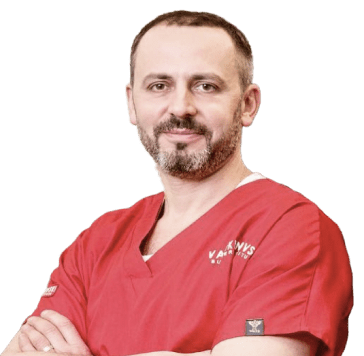

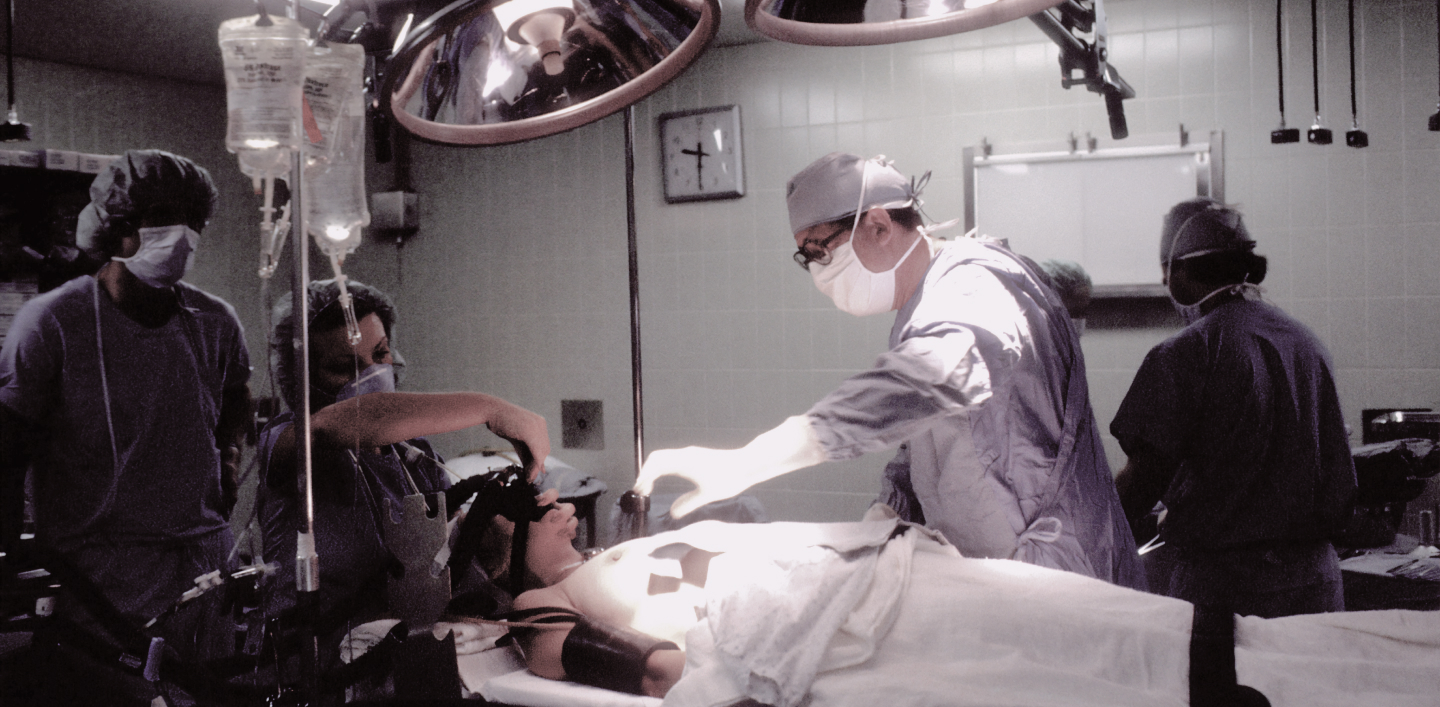

Hair transplantation is a medical procedure with restoring hair density and correcting their growth line by transferring hair follicles with a fragment of skin from a place where there is more of them to a destination where there is not enough of them.
The hairy part of the head, face (eyebrows, eyelashes, mustache, beard) and other parts of the body can be an object for transplantation.
The hair transplantation procedure can be performed by the method of hair growth or by the method of removing individual hairs. In both cases, the hair is transplanted to a new place by microsurgical methods.
Hair transplantation is an effective treatment for baldness and hair loss. After the procedure, the hair begins to grow again in a new place, which allows patients to return to normal life and improve their appearance. However, before transplantation, it is necessary to consult a specialist and take into account the risks and possible side effects.




androgen-dependent alopecia (baldness) in men and women
post-traumatic alopecia (baldness)

If necessary, the doctors consult people not only in Ukraine, but also in any country in the world, both in the clinic itself in Kyiv and online by prior appointment.
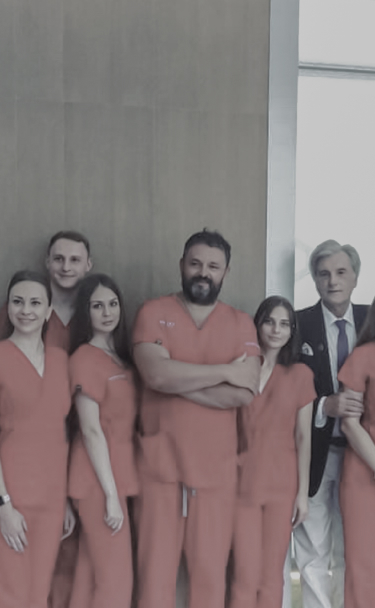
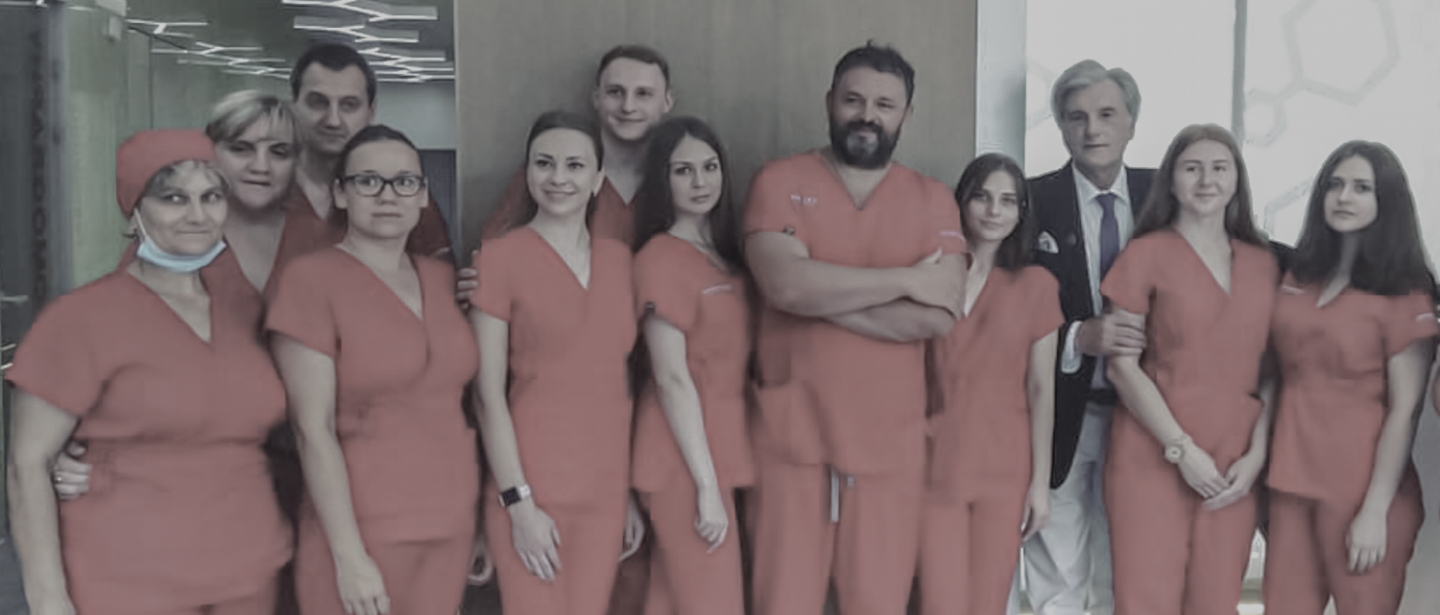
Years of experience
Patients
A modern clinic in the center
Successful operations
Unique surgical techniques
Branch of surgery
Units of the latest equipment
Charitable surgical assistance




We were the first in Ukraine to perform hair transplantation, back in 1998.
We use Robot Surgeon during robotic hair transplantation, thanks to a unique technique.
People come to us from all over Eastern Europe because of the best price/quality balance.
We provide you with a Lifetime Guarantee for transplanted hair.
In 1 hour, we will transplant the largest number of follicular units compared to any clinic in Ukraine.
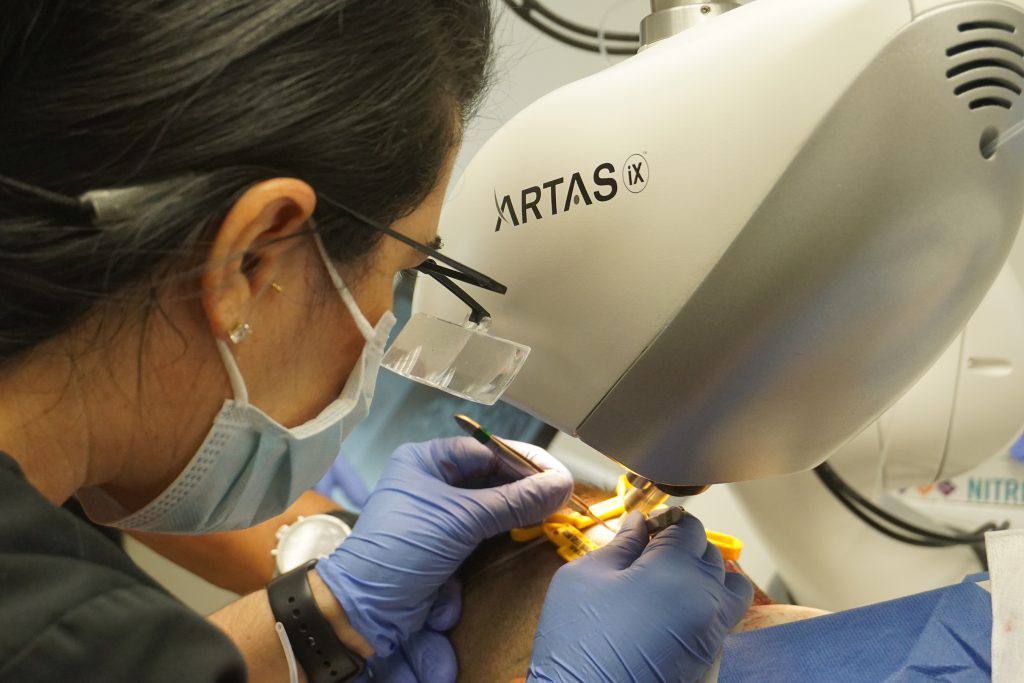
It is the surgical method of treating baldness that is mostly used starting from the age of 35, when hereditary hair loss usually ends, although hair transplantation can be done at an average age of 18 to 65 years.
To determine the degree of alopecia (baldness), classification is used:
In men (according to the Hamilton scale):
In women (according to the Ludwig scale):
The scope of surgical treatment of alopecia (baldness) is limited by:



Methods of hair transplantation: ARTASⓇ ROBOT 9X, FUT, BHT and Manual FUE The source of blocks with hair follicles (units, grafts) can be the occipital area of the head or chin, neck and other parts of the body.


the first and leading in the world, developed by researchers and leading doctors in the field
uses state-of-the-art robotic technology that visibly helps doctors perform complex, repetitive and precise movements, reducing unevenness in the hand and giving
improved results unlike older hair restoration procedures – leaves no visible marks and scars, making the procedure virtually invisible
creates natural results and appearance without side effects and long recovery
manual FUE, is effective for correction of androgen-dependent alopecia (baldness) in men and women is an autologous microsurgical procedure that involves the restoration of hair growth in the area of baldness by the method of transplanting one's own hair from donor areas of the scalp
It is characterized by the fact that:
- traumatization is minimal
- the growth of transplanted hair begins approximately in 4–6 months after the operation
- dihydrotestosterone does not affect the transplanted hair and does not cause its loss
- there is no risk of rejection of transplanted hair
- no visible traces and scars remain there are restrictions on simultaneous treatment of large areas of alopecia (baldness)
- relatively long operation duration
in cutting skin fragments with follicles (units, grafts) and transplanting them into the desired area
Features of the FUT technique are:
- less damage to hair follicles
- good rooting of hair follicles
- good thickness of hair
- relatively simpler technology and high speed of the transplantation process
- there is a tissue defect in the donor hair follicle collection area and the need for its healing
in transplanting hair from other parts of the body (chest, back, shoulders, legs) with the exception of a head
The initial condition of the hair in the donor area and in the transplant site can differ significantly, but this technique allows:
- saving the supply of donor follicles on the back of the head
- perform a hair transplant on those patients who have insufficient hair on the back of their head
- improve the result for any expressiveness of baldness
- subsequently get a good aesthetic effect due to the fact that the hair changes over time and becomes more similar to the natural local that grows on the head
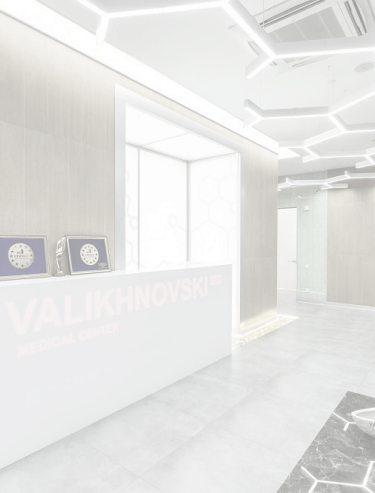






Follicular Unit Transplantation (FUT), flap method of hair transplantation
Follicular Unit Extraction (FUE), a seamless method of hair transplantation
Body Hair Transplant (BHT) technology, by which grafts are taken from the body
Hair transplant by the ARTAS robot
Lifting for the scalp (hairy part of the head)


reconstruction of the hair cover due to cicatricial deformation
reconstruction of post-traumatic and postoperative scars
reconstruction of the hair cover due to scars
surgical treatment of congenital and acquired alopecia (baldness)
surgical treatment of alopecia areata (focal baldness)
surgical treatment of hair loss due to vitamin deficiency
surgical treatment of naturally thinning hair
surgical correction of incorrect eyebrow shape
surgical correction of a poor-quality eyebrow tattoo
surgical correction of congenital high hair growth line
surgical correction of deep areas of alopecia (baldness) in the frontal-temporal area
surgical treatment of alopecia (baldness)
surgical correction of the front line of male hair growth in women
surgical treatment of alopecia (baldness) caused by inflammatory processes in the scalp (hairy part of the head)
scalp (hairy part of the head) reconstruction
closure of large defects by the dermotension method
stretching of soft tissues of the head with the use of expanders
endodermatension using a silicone expander

The main stages:



1) clinical blood analysis (to assess the general condition of the blood, presence and nature, severity of inflammation)
2) coagulogram (to determine how blood clots)
3) biochemical, immunological studies on infections (syphilis, hepatitis B and C, human immunodeficiency virus – to rule out an infectious process that can affect the safety and effectiveness of treatment)
4) and other studies if necessary
1) in the case of taking any drugs, inform the doctor about this and agree with him (it may be necessary to limit them or change the dose, regimen)
2) for a few days before the operation, follow a diet, water-drinking regime and do not drink alcoholic beverages – so that the body responds more adequately and predictably to the intervention
3) in addition, other preparatory measures may be carried out taking into account the individual features of the organism and the specifics of the surgical intervention
1) preparation of the donor area (from where the hair follicles are taken) and the transplant site (where the transplanted hair follicles must be placed)
2) anesthesia (analgesia)
3) collection and preparation of donor material –
the FUE method uses a micropunch tool, a special microtube with a diameter of 0.5–0.9 mm, with which grafts (blocks of skin with 1–4 hair follicles) are “drilled”, removed and processed
4) for FUT techniques, a flap of skin is taken from the occipital region and divided into grafts,
transplanting grafts into the balding area, taking into account the natural location, direction of hair growth – manually or with the help of automatic means, even robotics

Have a rest in the first evening after the operation. Next morning the first procedure of washing the head with special means after hair transplantation may be performed.
After hair transplantation, the main means of rehabilitation for 7–14 days are as follows:
Before patient’s return home, the doctor will examine the areas where the intervention was performed, agree on the tactics of further rehabilitation, give additional advice on preventing alopecia (baldness).
The hair transplant procedure itself is completely painless due to anesthesia. After the anesthesia wears off, there may be moderate discomfort, which can be overcome with a single application of the pain reliever.
Moderate local swelling of the skin can last up to 2–5 days, and disappears on its own; if necessary, a local anti-inflammatory agent may be prescribed.
Itching is natural, it can last 1–2 weeks, during which it is preferable not to touch the area with transplanted hair follicles, and in the future a light massage with the pads of fingers may be performed; an antipruritic agent may be prescribed if necessary.
It is quite normal for the transplanted hair to fall out in the terms of 2–3 weeks to several months (this is called “shock loss”). After that (in 2–3 months), new, adapted hair grows.
The full tangible effect is achieved in 6–12 months.






After the examination, coordination of treatment tactics and preparation, the operation is performed. There are different methods of hair transplantation. In the general case, the source of the hair is chosen – and small blocks of 1–4 hair follicles (so-called grafts) are transferred to the place of alopecia (baldness) treatment, implanted in a certain order, taking into account the direction and angle of hair growth to provide a natural effect. In the future, if necessary, the trichologist will help to take care of the transplanted hair as best as possible.
Usually, the transplanted follicles begin to produce new hair in 2–3 months, the final result is achieved in about 1 year and potentially for a lifetime. Since it depends on numerous factors (changes in the natural hormonal background, mechanical friction, state of health, etc.), it is impossible to guarantee it completely. Therefore, the guarantee for hair transplantation refers to the proper performance of services, high-tech diagnostics, treatment, high qualification of specialists, medical consumables and equipment.
The hair transplant operation lasts several (about 6–10) hours, depending on the volume (quantity) of the transplanted hair, the condition of the tissues, etc. Sometimes it can be divided into two days.
Preparation for a hair transplantation includes a thorough examination, avoiding any factors that affect the hormonal profile, general health, mechanical damage to the transplant area, and following the doctor’s recommendations.
The advantages of seamless hair transplantation using the Follicular Unit Extraction (FUE) method include: painlessness, a relatively short duration of the operation, the absence of stitches and postoperative scars, a quick return to everyday life, etc.
The advantages of using the ARTAS robotic system for hair transplantation are: less damage to hair follicles, independence from the personal condition of the doctor and stability of work, automation of the selection of hair for transplantation taking into account the density of hair growth, saturation of its color, depth and growth curve, etc.
Absolute contraindications to hair transplantation are metabolic diseases, blood coagulation disorders, skin or hair diseases in the areas of the operation, etc.


